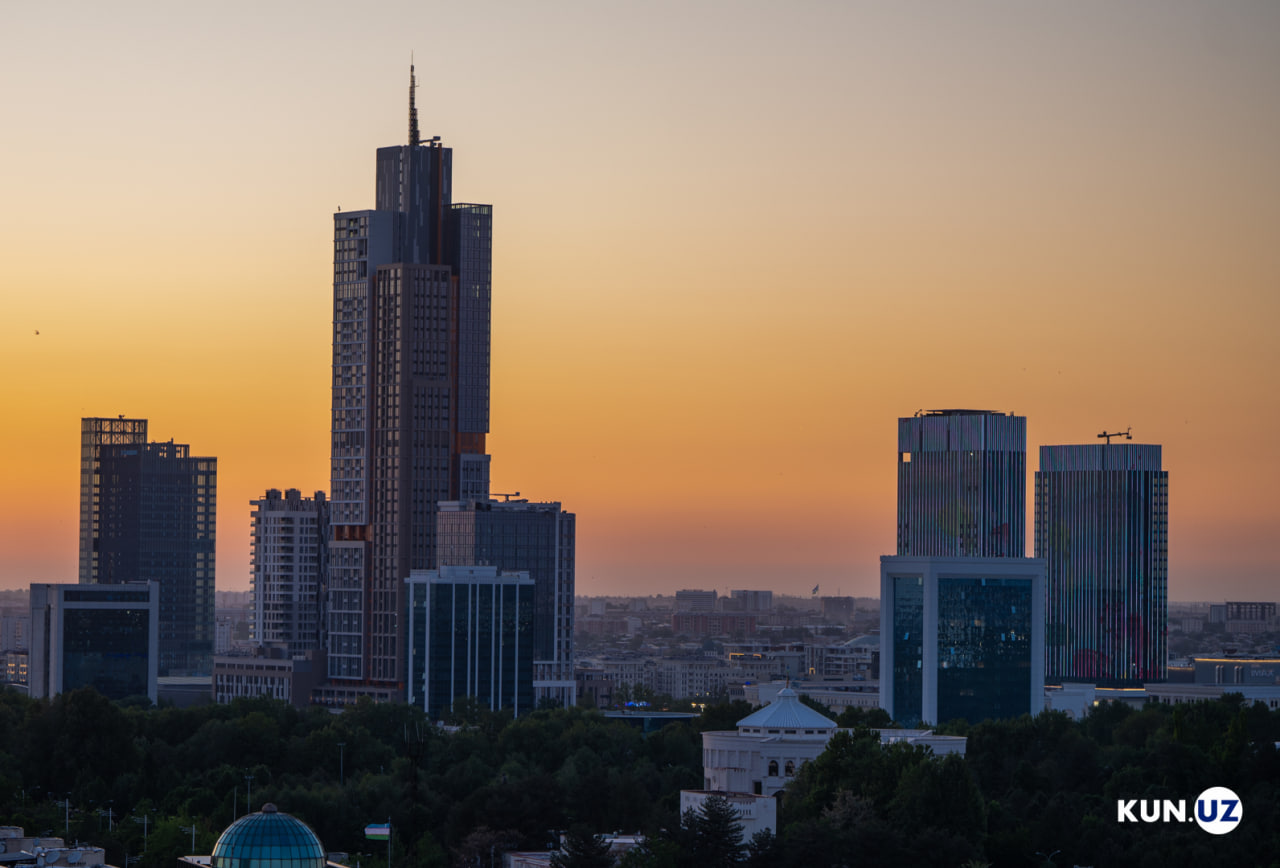As of 9:00 AM on October 2, the concentration of PM2.5 particles in Tashkent’s air was 8.4 times higher than the standard set by the World Health Organization (WHO). In September, the city experienced multiple surges in pollution levels. In response to a request from Kun.uz, the Ministry of Ecology provided further insight into the sources of this air pollution.
The ministry explained that dust pollution in Uzbekistan is caused by both natural and human-made factors. The country’s dry climate, sandy and loamy soils, combined with urban transportation, industrial activities, and construction, are key contributors to the rising pollution levels. Additionally, poor air circulation, heavy traffic, road congestion, and insufficient green spaces exacerbate the situation, the ministry added.
Tashkent is home to over 638,800 registered vehicles, with an additional 150,000 to 300,000 cars entering the city daily. In 2021, vehicle emissions in the capital amounted to 212,400 tons of pollutants. By 2022, this figure had risen to 403,000 tons, marking an increase of 190,600 tons (47.3%).
On the evening of September 29, the concentration of fine particles (PM2.5) in Tashkent reached 166 µg/m³, placing the city second in the world’s most polluted cities ranking according to the international air quality database IQAir.






